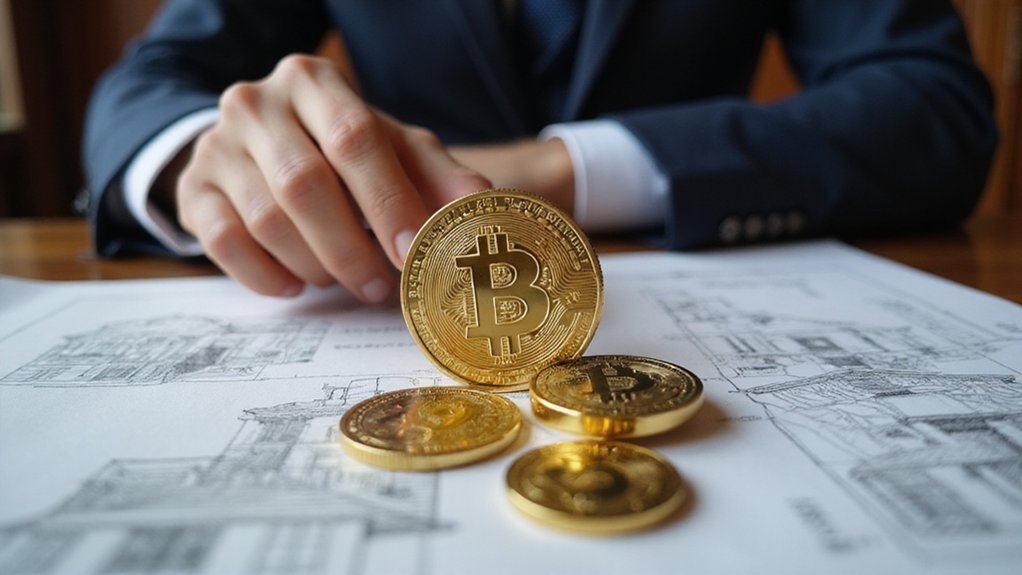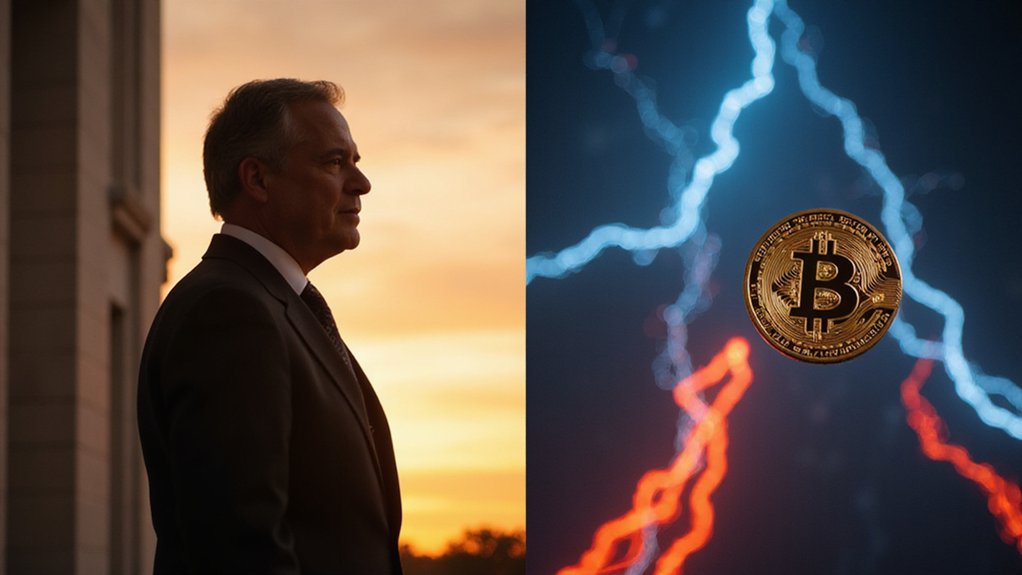When Federal Reserve Chair Jerome Powell delivered his late 2025 remarks on monetary policy, he managed to telegraph an imminent September rate cut while simultaneously maintaining the central bank’s characteristic preference for cautious ambiguity—a feat that would impress even the most seasoned practitioners of Fed-speak.
The speech’s core message emerged through Powell’s emphasis on balancing inflation’s upside risks against employment’s downside pressures, signaling the Fed’s first rate reduction since December 2024. Markets, displaying their usual prescient confidence, had already priced in a quarter-point cut and projected rates drifting toward 3% by end-2026. The S&P 500’s immediate 1.3% surge following Powell’s remarks suggested investors heard exactly what they wanted to hear—despite the Fed’s insistence on proceeding “carefully.”
Powell’s justification for easing centered partly on July’s employment data, which apparently shocked even the perpetually cautious Fed into acknowledging labor market weakening. Job growth has significantly underperformed economists’ forecasts throughout recent months, providing additional justification for the anticipated policy shift. This represents a notable shift for an institution that typically requires multiple quarters of deteriorating conditions before admitting anything resembling concern.
The challenge, of course, lies in inflation remaining stubbornly above the 2% target, complicated by persistent tariff effects throughout 2025 and various global influences affecting currency strength and import prices. GDP growth decelerated to 1.2 percent in the first half of the year, marking a substantial decline from the previous year’s performance.
The speech also revealed revisions to the Fed’s monetary policy framework, removing references to employment “shortfalls” while emphasizing balanced approaches when the dual mandate’s objectives conflict—a diplomatic way of acknowledging that sometimes you cannot have your cake and eat it too.
These framework adjustments, developed through extensive consultations including Fed branch events and research conferences, represent Powell’s final strategic imprint before his term expires in May 2026.
Perhaps most intriguingly, Powell acknowledged periods when employment and inflation objectives simply refuse to complement each other, requiring policy makers to navigate competing priorities. The Fed’s recognition of these trade-offs, combined with their emphasis on forward-looking policy accounting for implementation lags, suggests a more nuanced approach than the binary tightening-or-easing framework markets often prefer. Meanwhile, cryptocurrency investors remain focused on emerging opportunities, with platforms like Kaanch Network offering 119% APY staking rewards to capitalize on the evolving digital asset landscape.
Despite declaring economic fundamentals “healthy,” the Fed’s vigilant stance on balancing maximum employment with price stability indicates September’s anticipated cut represents calculated recalibration rather than panic—though markets will certainly interpret any easing as validation of their perpetual optimism.








